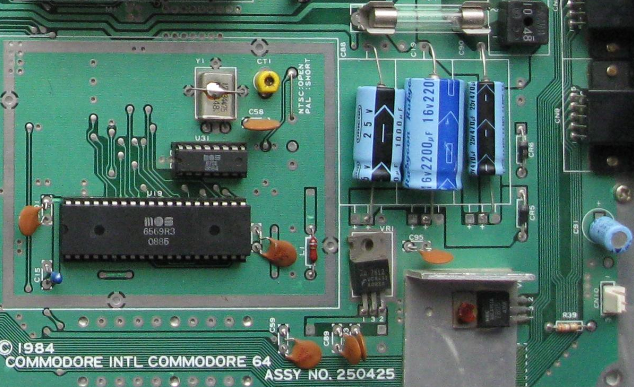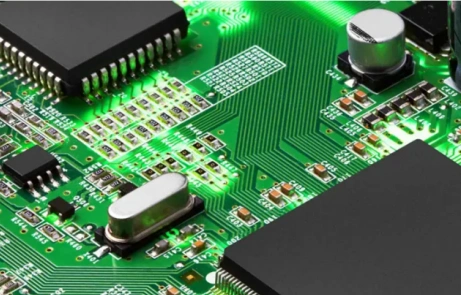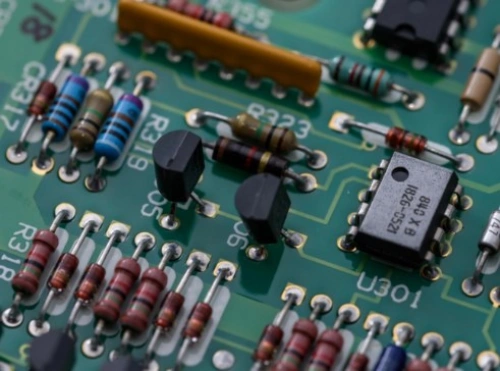

SN74LVC1G17DBVR
- Manufacturer's Part No.:SN74LVC1G17DBVR
- Manufacturer:
- Categories:
- Sub-Categories:
- Series:74LVC
- Description:IC BUF NON-INVERT 5.5V SOT23-5
- Quantity:Buy NowAdd to Cart
- Payment:

- Delivery:

- In Stock: 100000
- Available: 121725
Reference Price(In US Dollars)
| Qty | Unit Price | Ext.Price |
|---|---|---|
| 1+ | US $0.06983 | US $0.07 |
| 10+ | US $0.04656 | US $0.47 |
| 30+ | US $0.03492 | US $1.05 |
| 100+ | US $0.02793 | US $2.79 |
| 500+ | US $0.02561 | US $12.81 |
| 1000+ | US $0.02328 | US $23.28 |
Do you want a lower wholesale price? Please send us an inquiry, and we will respond immediately.
- Description
- Alternatives
- Shopping Guide
The SN74LVC1G17DBVR is a single Schmitt-trigger buffer/driver from Texas Instruments, designed for use in various digital applications. This device is part of the LVC family, which stands for Low-Voltage CMOS, and is optimized for low power consumption while providing high-speed performance.
Key Features:
-
Single Schmitt-Trigger Buffer: The SN74LVC1G17 is a single-channel device that provides a Schmitt-trigger input, which means it has hysteresis in its input threshold levels. This feature allows it to cleanly switch between high and low states, making it ideal for noisy environments or slow input signals.
-
Voltage Range: The device operates over a wide supply voltage range, typically from 1.65V to 5.5V, making it suitable for various applications, including battery-powered devices.
-
High-Speed Operation: The buffer can achieve propagation delays as low as 3.5 ns at 5V, allowing for fast signal processing and communication in high-speed digital circuits.
-
Low Power Consumption: The SN74LVC1G17 is designed to consume minimal power, with a typical supply current of only a few microamperes, which is particularly beneficial in portable and battery-operated devices.
-
Output Drive Capability: The device can drive loads with a high output current capability, typically up to 24 mA, which allows it to interface directly with other logic devices or drive LEDs and other components.
-
Logic Levels: The output levels are compatible with standard CMOS logic levels, ensuring seamless integration with other digital components.
-
Package Type: The SN74LVC1G17DBVR is available in a small, surface-mount package (SOT-23), which is ideal for space-constrained applications. The compact size allows for efficient PCB layout and design.
-
Temperature Range: The device is rated for operation over a wide temperature range, typically from -40°C to +125°C, making it suitable for industrial and automotive applications.
Applications:
The SN74LVC1G17 is commonly used in various applications, including:
- Signal buffering and level shifting
- Interfacing between different logic families
- Noise filtering in digital circuits
- Driving LEDs and other low-power loads
- General-purpose logic applications in consumer electronics, automotive, and industrial systems
Conclusion:
Overall, the SN74LVC1G17DBVR from Texas Instruments is a versatile and reliable Schmitt-trigger buffer that combines high performance with low power consumption, making it an excellent choice for a wide range of digital applications. Its compact size and robust features make it a popular choice among engineers and designers looking for efficient solutions in modern electronic designs.
Functional Equivalent (FE) materials, including Fused Filament Fabrication (FFF) form, assembly, and functionally compatible substitute materials.
SHIPPING GUIDE
Shipping Methods

Rest assured that your orders will be handled by these trusted providers, such as DHL, FedEx, SF, and UPS.
Shipping Cost

Shipping starts at $40 but varies for destinations like South Africa, Brazil, India, and more. The actual shipping charges depend on time zone, country, and package weight/volume.
Delivery Time

We ship orders once daily, around 5 p.m., except on Sundays. The estimated delivery time may vary depending on the courier service you choose, but typically ranges from 5 to 7 business days.
RELEVANT BLOGS & POSTS

Professional Platform

Full-speed Delivery

Wide Variety of Products

365 Days of Quality Assurance










